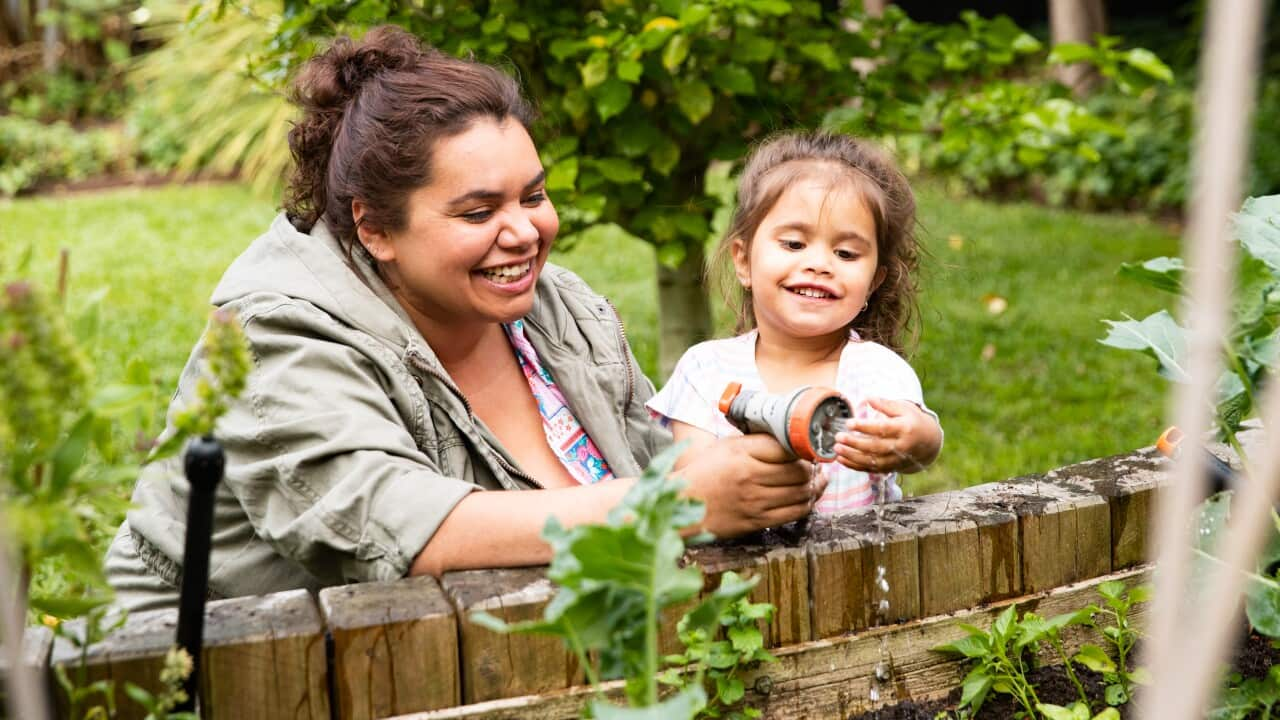Key Points
- If you encounter injured or ill wildlife, seek expert help by contacting your local wildlife rescue service.
- When assisting injured or ill wildlife, ensure the safety of yourself and the animal.
- Veterinarians assess and treat injured and ill wildlife, and wildlife carers assist with the ongoing care and rehabilitation.
Australia is home to some of the world's most diverse and fascinating wildlife, including kangaroos, wallabies, wombats, possums, frogs, birds, snakes and marine animals.
Depending on where you live in Australia, the species of wildlife you might see will vary. Unfortunately, wildlife may sometimes become ill or be injured by vehicles, infrastructure, or natural disasters such as fires or floods.
If you encounter injured or ill wildlife it is important to know how to safely provide assistance and where to seek expert help, to give the wildlife the best chance for treatment, recovery and potential release back into the wild.

Wael laef veterinarian Dr Tania Bishop - WIRES.jpg
Whilst driving in Australia, it’s not unusual to see wildlife from the car especially in rural areas and especially at dawn and dusk when wildlife are on the move more.Tania Bishop
"If you’re out camping or exploring there is a good chance of encountering wildlife, and the quieter you are, the more you’re likely to see,” Dr Bishop says.

Stradbroke Island in Queensland, Australia Source: iStockphoto / Kevin LEBRE/Getty Images/iStockphoto
If you see injured or ill wildlife, seek expert help.
It can be confronting to encounter injured or ill wildlife, especially larger species such as kangaroos, wombats or koalas. Dr Bishop recommends seeking expert help as soon as possible.
“This could range from a local veterinarian or local council ranger, to a telephone wildlife care helpline or there are also mobile phone apps which can put you in contact with a wildlife rescue organisation that will rescue the wildlife and take it to get the care it needs. There are wildlife rescue and care organisations in every state and territory in Australia, so you can search online for the wildlife care helpline appropriate to where you’re located.”
It is also important that you consider your own and others safety first.
“Especially if you find wildlife on the side of the road, it is always important to ensure that you park your car somewhere safe where it is easily seen, and you are in a safe position. Remember that injured wildlife will be frightened and will try to defend themselves when they are injured,” Dr Bishop says.

A bettong with a cast and bandage on its fractured leg - WIRES.jpg
It’s important to approach any wildlife as quietly and calmly as possible to reduce causing them stress. If you can do it safely, cover the animal if possible, with a towel or clothes basket, which offers some relief from heat and stress but allows breathing, and call for help as soon as possible.Tania Bishop
If you encounter a dead marsupial, which are mammal species that carry their young in a pouch – such as kangaroos, wallabies, wombats and possums, Dr Bishop says it is important to check the animal’s pouch for a joey, if you can safely do so.
“Only remove a joey from the pouch if it obviously has fur. If it has no fur it will need to be removed from the pouch by a specialised carer as their mouths are usually sealed to the teat at that stage and removal could cause serious harm. It is important that a joey is kept in a warm dark environment and gets to a carer as soon as possible as joeys go through a lot of trauma when they lose their mothers and can die very easily if they are stressed further.”
Carry a basic wildlife first aid kit in your vehicle
Dr Bishop says there are some commonly available household items that can easily form part of a basic first aid kit for wildlife.
“A great wildlife first aid kit would include an old thick towel that doesn’t have any loose threads for claws to get tangled in, a cardboard box or pet-carrier and thick gardening gloves and if possible, a pillow slip for any orphaned joeys you may find.”
Injured wildlife must be seen by a veterinarian as soon as it is possible to do so. By law only licenced and trained wildlife carers and veterinarians must care for Australian wildlife as the needs of these animals are so complex.

A young wallaby under general anaesthetic in a wildlife hospital receiving treatment for a fractured leg - WIRES.jpg
Morgan Philpott is a wildlife carer with WIRES who has spent over a decade helping to care for injured and sick wildlife.
“We as carers on our phones will get a message notifying us of the rescue. And then generally we will make contact with the member of public and get more details and, and take it from there. These animals really need to get to vets very quickly for assessment,” Mr Philpott says.









